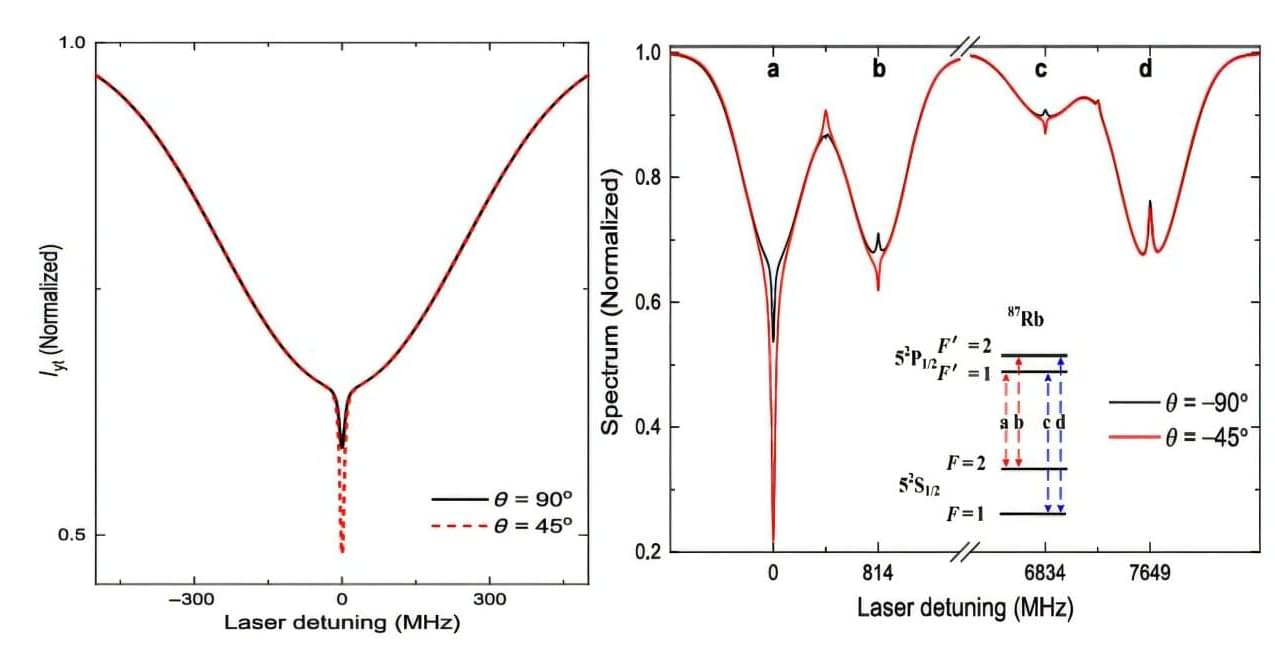An atomic clock research team from the National Time Service Center of the Chinese Academy of Sciences has proposed and implemented a compact optical clock based on quantum interference enhanced absorption spectroscopy, which is expected to play an important role in micro-positioning, navigation, timing (μPNT) and other systems.
Inspired by the successful history of the coherent population trapping (CPT)-based chip-scale microwave atomic clock and the booming of optical microcombs, a chip-scale optical clock was also proposed and demonstrated with better frequency stability and accuracy, which is mainly based on two-photon transition of Rubidium atom ensemble.
However, the typically required high cell temperatures (~100 ℃) and laser powers (~10 mW) in such a configuration are not compliant with the advent of a fully miniaturized and low-power optical clock.
